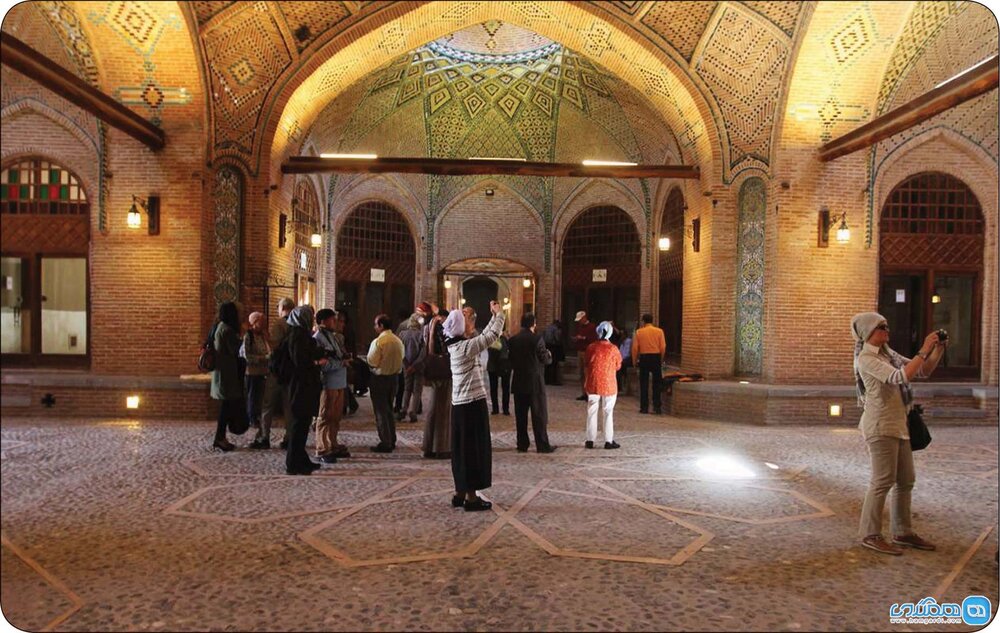Qazvin ancient sites on agenda for possible UNESCO registration

TEHRAN – Qazvin province’s tourism department announced on Sunday that it “seriously” pursues efforts to have ancient sites of Sa’d-al Saltaneh caravanserai and Alamut castle registered on UNESCO World Heritage list.
“Global registration of Qazvin’s Alamut castle and Sa’d-al Saltaneh caravanserai will be seriously pursued in [the current Iranian year] 1399 (started on March 20),” provincial tourism chief Alireza Khazaeli said, ILNA reported.
A choice for a daydream experience, Sa’d-al Saltaneh is one of the biggest roofed caravanserais of the country located in the city center of Qazvin dating back to the Qajar era (1789 to 1925). It’s a place for discovering tens of Hojreh or shops, cafes, yards, and a stunning mosque. It’s a place for visitors who want to experience the culture, culinary and hospitality of Iran.

A view of Alamut castle
Also known as the castle of the Assassins, the 12th-century Alamut castle is nested on top of a peak. It was once a shelter for the followers of Hasan-e Sabbah (1070–1124) who was a spiritual leader of an Islamic sect. In the early 1930s, British-Italian explorer and travel writer Freya Stark described her exploration of the place in her book “The Valleys of the Assassins”.
The provincial capital, which has the same name, is a major tourist destination with wonderfully restored historical sites, some quirky museums and a handful of decent eating options. Famed for carpets and seedless grapes, the city was once the capital of the mighty Persian Empire under Safavids from 1548-98.
Currently, Iran has two dozen UNESCO World Heritage Sites, 22 of which cultural ones, representing architectural, social, religious and economic achievements as well as tastes of history throughout the ancient land.
AFM/MG
Leave a Comment